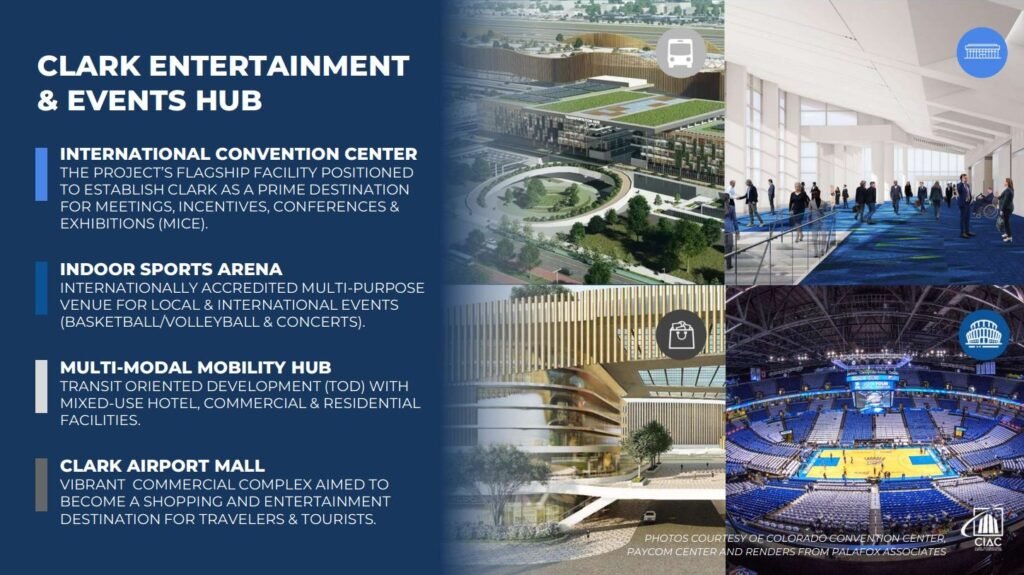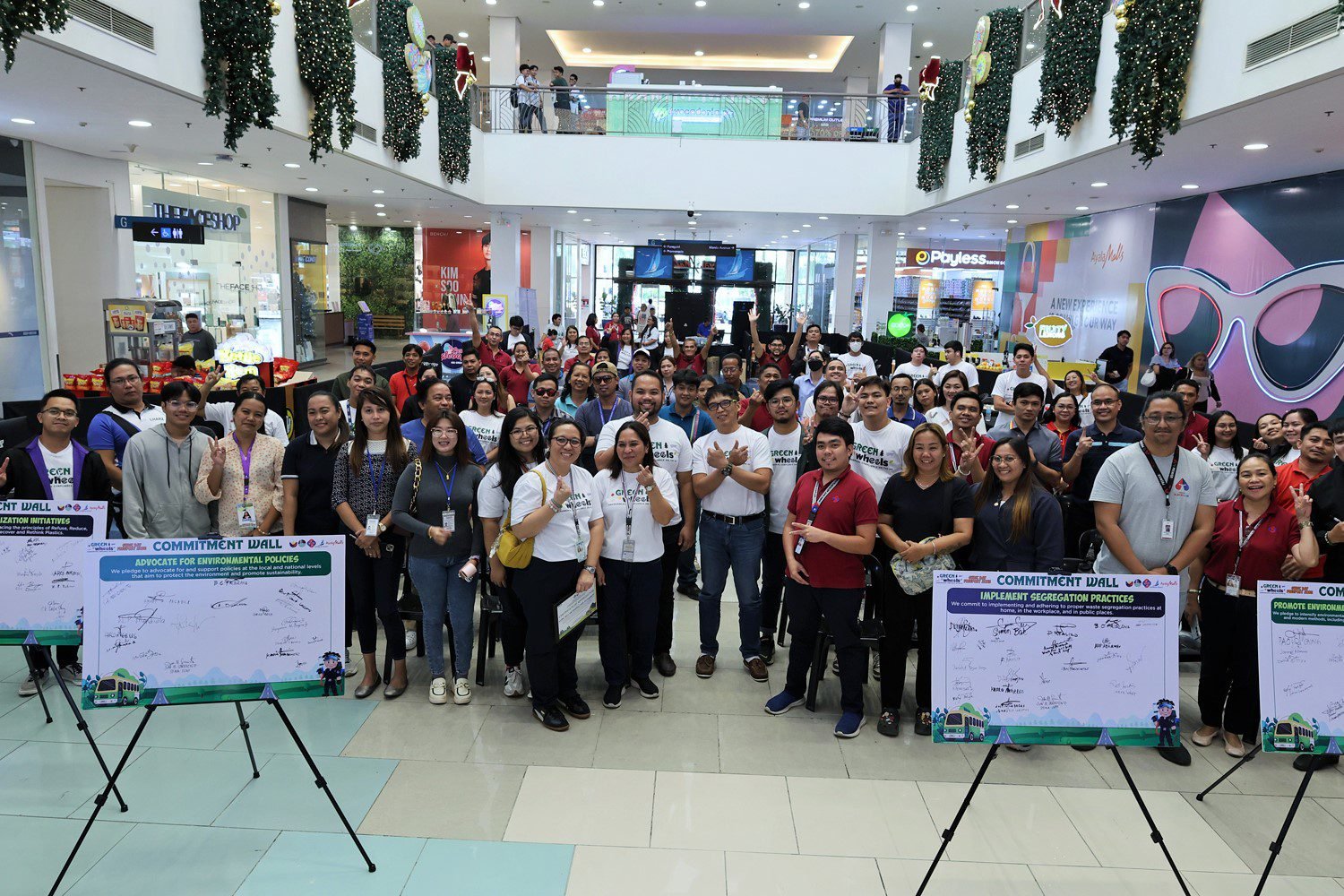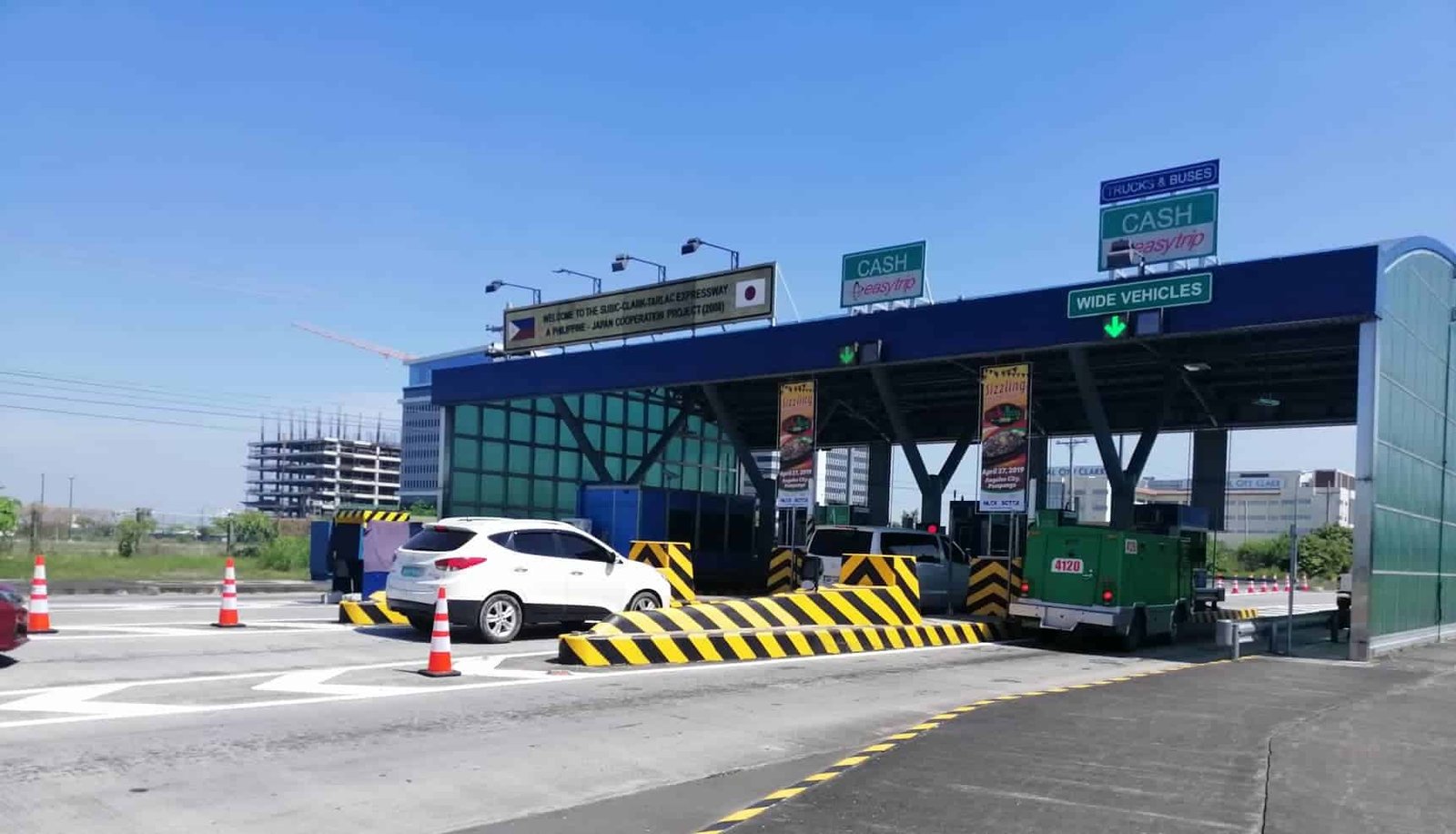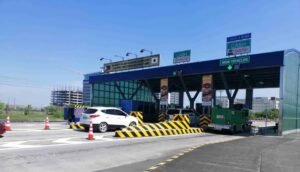The planned Clark Entertainment and Events Hub will rise in a 30-hectare portion fronting Clark International Airport (CRK) within the civil aviation complex.
Project components include a multi-modal mobility hub, an airport mall, a convention center, and an indoor sports arena with a minimum seating capacity of 30,000.
Clark International Airport Corporation President and Chief Executive Officer Arrey Perez said all of these are designed to boost tourism, promote entertainment and sports development and a healthy lifestyle that will attract travelers from around the globe.

𝗜𝗻 𝘁𝗶𝗺𝗲 𝘄𝗶𝘁𝗵 𝗖𝗥𝗞’𝘀 𝗿𝗲𝗰𝗲𝗻𝘁 𝗱𝗶𝘀𝘁𝗶𝗻𝗰𝘁𝗶𝗼𝗻
Perez said the project is perfectly timed with CRK’s recent distinction. The airport was globally acclaimed as one of the 24 World’s Most Beautiful Airports in 2023 after earning the prestigious Prix Versailles, the World Architecture and Design Award of the United Nations Educational, Scientific and Cultural Organization.
“Immediately after the recent inclusion of Clark International Airport as one of the world’s most beautiful airports, we have begun the process of building an entertainment and events hub near the airport,” he said.
Prix Versailles is a series of architectural competitions that shine a light on the finest contemporary projects worldwide.
The “World’s Most Beautiful” achievement recognition is granted to structures with exceptional architectural design.
It highlights the primary role of the laureates in beautifying and improving the living environment.
𝗖𝗥𝗞 𝗮𝘀 𝗮 𝗯𝘂𝘀𝘁𝗹𝗶𝗻𝗴 𝗯𝘂𝘀𝗶𝗻𝗲𝘀𝘀 𝗵𝘂𝗯
Perez highlighted that the planned entertainment and events hub is aligned with President Ferdinand R. Marcos Jr.’s vision for sustainable and thriving development of Central Luzon.
“We’ll soon avail of the required services of industry experts for a thorough study along with the detailed architectural and engineering design, guaranteeing the project will address diverse needs, from hosting international events and sports activities, and from being a premier destination for meetings, incentives, conferences, and exhibitions, to improving mobility, commercial offerings and entertainment amenities,” the official shared.
He added that the dynamic urban hub project will surely enhance transportation infrastructure, connectivity, sustainable tourism and foster economic growth.
The four-level, 110,000-square meter airport is an alternative gateway which can serve as many as eight million passengers annually.
It has domestic flights to Cebu, Bacolod, Iloilo, Caticlan, Cagayan De Oro, General Santos, Puerto Princesa, Coron, El Nido, and Davao.
Moreover, international flights include Hong Kong, Macau, Bangkok, Taipei, Singapore, Narita, Incheon, Busan, Cheongju, Dubai, and Doha.
𝗖𝗥𝗞 𝗮𝘀 𝗵𝗼𝗺𝗲 𝗼𝗳 𝗹𝗮𝗿𝗴𝗲𝘀𝘁 𝗳𝗼𝗼𝗱 𝘁𝗿𝗮𝗱𝗶𝗻𝗴 𝗵𝘂𝗯
Apart from these, CIAC will soon enter a joint venture for the Clark National Food Terminal project which aims to build an agriculture trading hub inside the civil aviation complex.
Perez noted that the food trading hub will be built in a 64-hectare portion near the CRK with an estimated project cost of US$152 million.
Its services will include research and quality control, warehousing, food processing, international shipping, marketing services, and trading for local and foreign markets.
“The feasibility study of industry experts will soon commence, then we’ll start exploratory talks with prospective investors for a joint venture partnership so we’re looking forward to project completion in two years’ time. This is a huge infrastructure investment but will serve as a major support pillar to the national government’s efforts to boost the country’s agricultural economy,” he added.
The official further shared that the project site is in proximity to cargo giants FedEx and UPS inside the civil aviation complex.
It is also conveniently accessible to major road networks connecting the far northern and eastern part of Luzon with an upcoming cargo railway station linking the Subic seaport.
Moreover, Perez explained that the national food terminal will support the national government’s vision to make the Philippines a leading agricultural resource hub in the region and the world.
“The project is aligned with the call of President Marcos to place food security at the forefront of the country’s national agenda,” he said.
He added that this also espouses the administration’s marching orders to give top priority to agriculture development and to help develop that value chain, particularly in the advancement of the country’s aqua-cultural and agricultural industries. (PIA 3)














